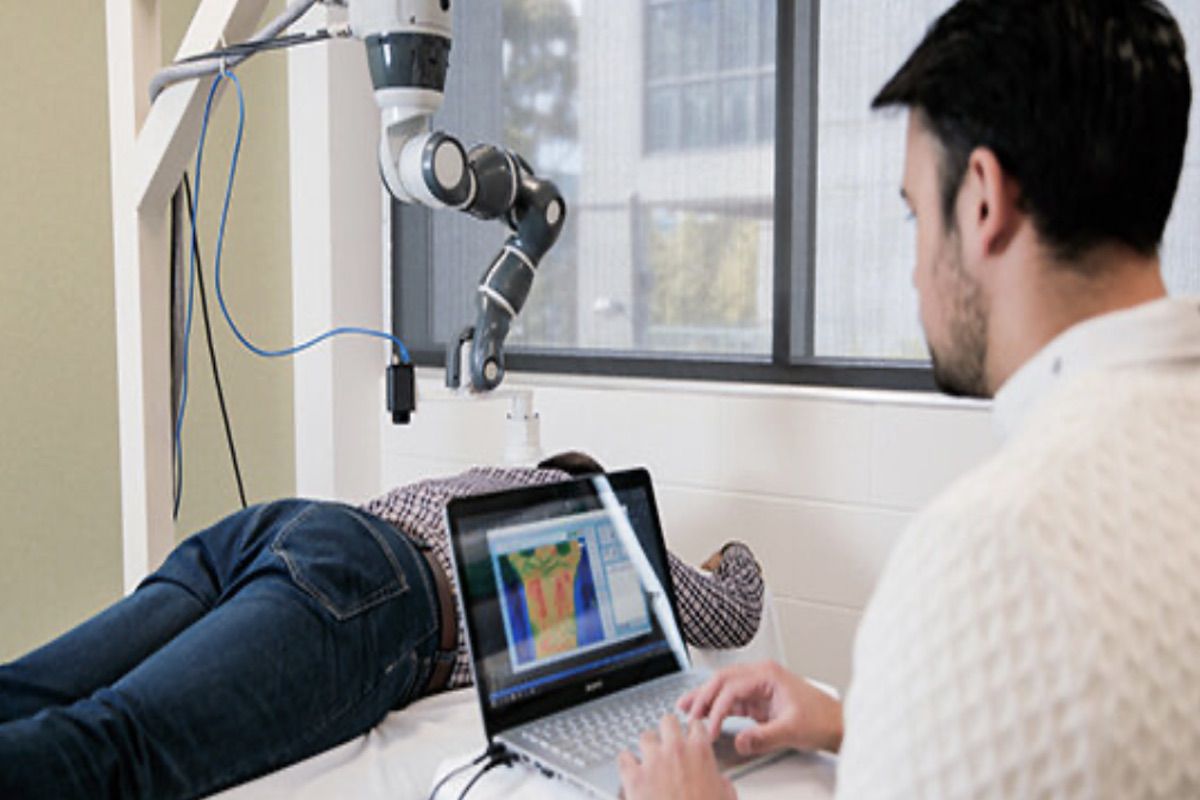Pain management is an essential medical process that requires health professionals to use different methods and techniques to reduce pain. The most common treatment option for pain alleviation is medication, such as over-the-counter (OTC) drugs like naproxen and ibuprofen.
Doctors also prescribe prescription drugs for pain management, such as opioids, narcotics, anti-depressants, analgesics, and steroids. However, these drugs can cause different side effects, such as nausea, vomiting, headaches, drowsiness, dizziness, nightmares, etc.
The most common causes of musculoskeletal pain are sprains, direct blows to bones, muscles, joints, poor posture, overuse injury (repetitive stress injury), joint dislocation, degenerative disc disease, herniated disc, etc.
About 343 million people worldwide suffer from osteoarthritic pain, 436 million have bone fractures, 222 million neck pain, 175 million surgical amputations, and 14 million have rheumatoid arthritis.
Sports injuries can also cause severe pain and discomfort. In addition to medication, health professionals use two advanced pain management techniques, such as low-level light therapy (LLLT) and ultrasound therapy. These are noninvasive treatment methods to reduce discomfort and pain. Which one is the best? Let us discuss this!
What is Low-Level Light Therapy?
Low-level light therapy (LLLT) uses laser light or photons of specific wavelengths to treat an underlying condition, such as musculoskeletal pain. LLLT triggers the intercellular and intracellular tissue repair mechanisms, leading to improved and faster healing.
When photons from the laser device penetrate the patient’s body, they enter the cells and activate photobiomodulation, vasodilation, fibroblast formation, and other essential biological mechanisms that lead to improved healing.
LLLT is suitable for acute and chronic health conditions, including Achilles tendonitis, inflammatory conditions, such as bursitis and tendonitis, strains, sprains, cervical, thoracic, lumbar, and knee, sciatic, and neck pain.
Pros
- Faster tissue healing
- Increased tensile strength of repaired tissues
- Enhanced lymphocytes and immunoglobulins production
- Suppress cortisol levels and increase endorphins
- Noninvasive, drug-free, and safe
- Reduced discomfort, inflammation, and pain
- No damage to the living tissue
- Free from adverse reactions
Cons
- Not suitable during pregnancy
- Not for cancer patients
- Not viable for patients who take immunosuppressant
- Slight swelling in the treatment area
What is Ultrasound Therapy?
Ultrasound therapy involves using sound waves to treat a wide range of musculoskeletal conditions, including disorders of bones, muscles, ligaments, and tendons. The sound waves generated from the machine cause vibrations and heat, producing friction at the molecular level in the patient’s body.
As a result, the heat or friction activates specific cellular mechanisms, leading to tissue healing, reducing discomfort, and alleviating pain. It is an effective treatment option for repetitive stress injury, carpal tunnel syndrome, frozen shoulder, shoulder pain, etc.
Ultrasound therapy also affects the cells’ metabolic levels and activates specific functions and metabolic pathways to prevent scar tissue formation. At the same time, the vibration of sound waves triggers mitochondria to produce more energy and speed up the healing process.
Pros
- Reduced discomfort, inflammation, and pain
- Decreased tissue tension and muscle strains
- Increased blood flow to the damaged tissue
- Analgesic effect and breakdown of scar tissue
- A Noninvasive and drug-free treatment option
Cons
- Damaged cellular activity
- Coagulative necrosis
- Tissue vaporization
- Discomfort during the treatment due to heat
- Not suitable for patients with pacemakers
- Not ideal for people with vascular problems
Final Words
Low-level light therapy and ultrasound therapy are effective treatment options for inflammation reduction and pain alleviation. However, LLLT is more effective than ultrasound therapy because it has no or fewer side effects than ultrasound therapy.

